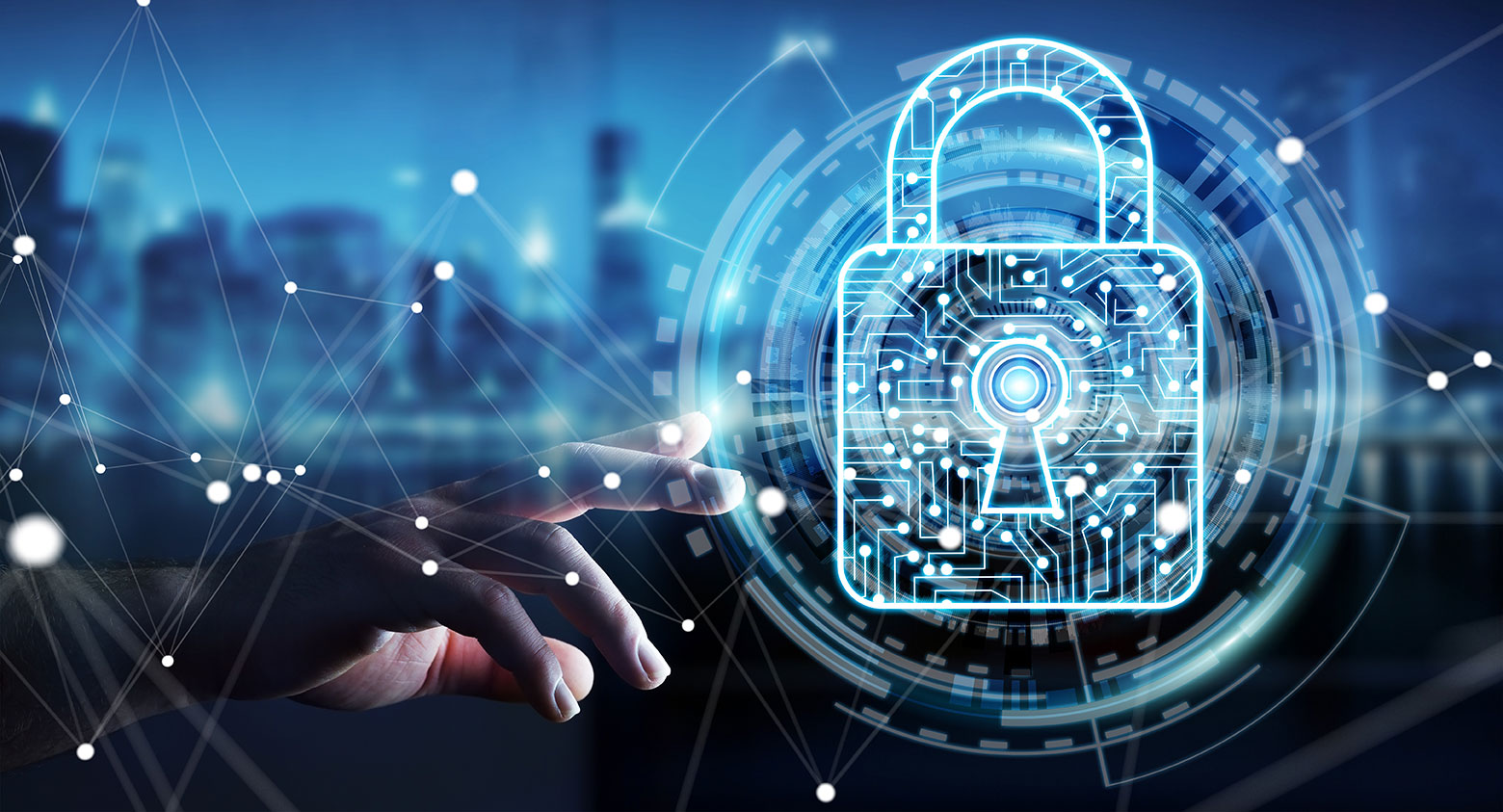The Next Phase in Cybersecurity: Welcoming Managed IT Services

In today's fast-paced digital landscape, the significance of cybersecurity has never been as crucial for organizations irrespective of size. As the globe becomes increasingly networked, cyber threats are evolving rapidly, putting sensitive data and overall organizational functions at risk. With the surge in cyberattacks, it is imperative for firms to focus on and strengthen their cybersecurity measures. This is where IT management services come into play, providing both long-term and operational support to help companies deal with the complex cybersecurity landscape.
Managed IT services offer a holistic approach to protecting your organization against the typical cybersecurity threats. From malicious software and phishing scams to information leaks, businesses need robust strategies to shield themselves. By utilizing the expertise of IT managed service providers, organizations can ensure they are not only implementing standard protocols, like 2FA and robust cybersecurity frameworks, but also preparing for future challenges with cutting-edge solutions such as AI-enabled protection mechanisms and zero trust models. Embracing managed IT services is not just a passing phenomenon; it is a crucial progression in how companies secure their online resources and secure their future.
Cybersecurity Threats & Mitigation
In today's digital landscape, information security should be a primary priority for every business, as the threats are constantly evolving. The most common cybersecurity risks include malware that encrypts files, fraudulent emails, and malware attacks. Such malware can devastate operations, demanding large sums for unlocking files, while phishing attacks trick staff members into disclosing confidential information. Understanding these risks is essential so that organizations can adopt efficient preventive measures.

To protect against this type of malware, companies should invest in strong backup solutions and maintain regular updates to their applications. Educating employees on how to spot phishing scams is also vital; workshops can reduce the chances of falling victim to deceptive emails. Additionally, adopting multi-factor authentication helps to protect accounts even when a password is compromised, adding an extra layer of security.
Furthermore, businesses must not overlook the significance of security in the cloud and data protection. With more companies migrating to cloud services, ensuring that sensitive data remains protected is crucial. Implementing best practices for security in the cloud, such as data encryption and regularly assessing user privileges, can significantly mitigate potential risks. Overall, staying knowledgeable and vigilant about cybersecurity threats will enable businesses to better protect their resources and maintain operational functionality.
IT Management Services Summary
IT managed services refer to the process of outsourcing IT responsibilities to a dedicated vendor. These services include a diverse set of functions, including network oversight, security, data restoration and backup, and cloud services. By taking advantage of the expertise of managed service providers, businesses can confirm that their IT infrastructure is not only functional but also enhanced for efficiency and protection.
One of the main benefits of managed IT services is the capability to access advanced technology and knowledge without the burden of maintaining an internal IT team. This model allows businesses to concentrate more on their core operations while relying on skilled professionals to handle difficult IT issues. Managed service providers often use advanced tools and software that can boost efficiency and strengthen security, which is especially crucial in today’s cyber threat landscape.
In along with operational efficiency, IT managed services offer flexible solutions that can expand with a business. As companies grow, their IT needs shift, and managed services can easily adapt to these evolving requirements. This adaptability ensures that businesses are more capable to handle increased workloads, new technologies, and emerging cybersecurity threats, allowing them to sustain a competitive edge in the field.
Upcoming Trends in Cybersecurity
As we carefully look at the coming years, the cybersecurity landscape is set for significant transformation, driven by technological advancements and changing threats. A of the key trends is the increasing adoption of artificial intelligence and machine learning in cybersecurity solutions. These innovations enable organizations to more effectively detect, analyze, and respond to threats in real time, enhancing their ability to stop attacks before they can cause loss. This shift towards artificial intelligence-powered security solutions will help businesses not only detect advanced threats but also automate responses, simplifying their security operations.
An additional key trend is the rise of trust-no-one security models, which advocate for a "never trust, always verify" approach. This strategy requires stringent identity verification for every individual and device attempting to access data, effectively minimizing the risk of insider threats and external breaches. With remote work becoming a standard for many organizations, applying zero trust principles will be critical in making sure that access to sensitive data is closely controlled and monitored, further protecting business operations.
Lastly, the growing importance of regulatory compliance and regulatory frameworks highlights the necessity for robust cybersecurity strategies. As data privacy laws like GDPR and HIPAA continue to change, businesses must modify their cybersecurity strategies to follow the rules and protect customer data. https://cannonarcher8.werite.net/apart-from-firewalls-creative-cybersecurity-approaches-in-information will play a key role in assisting organizations manage these complexities, ensuring they stay ahead of regulatory requirements while maintaining a robust security posture against a backdrop of constantly changing threats.
